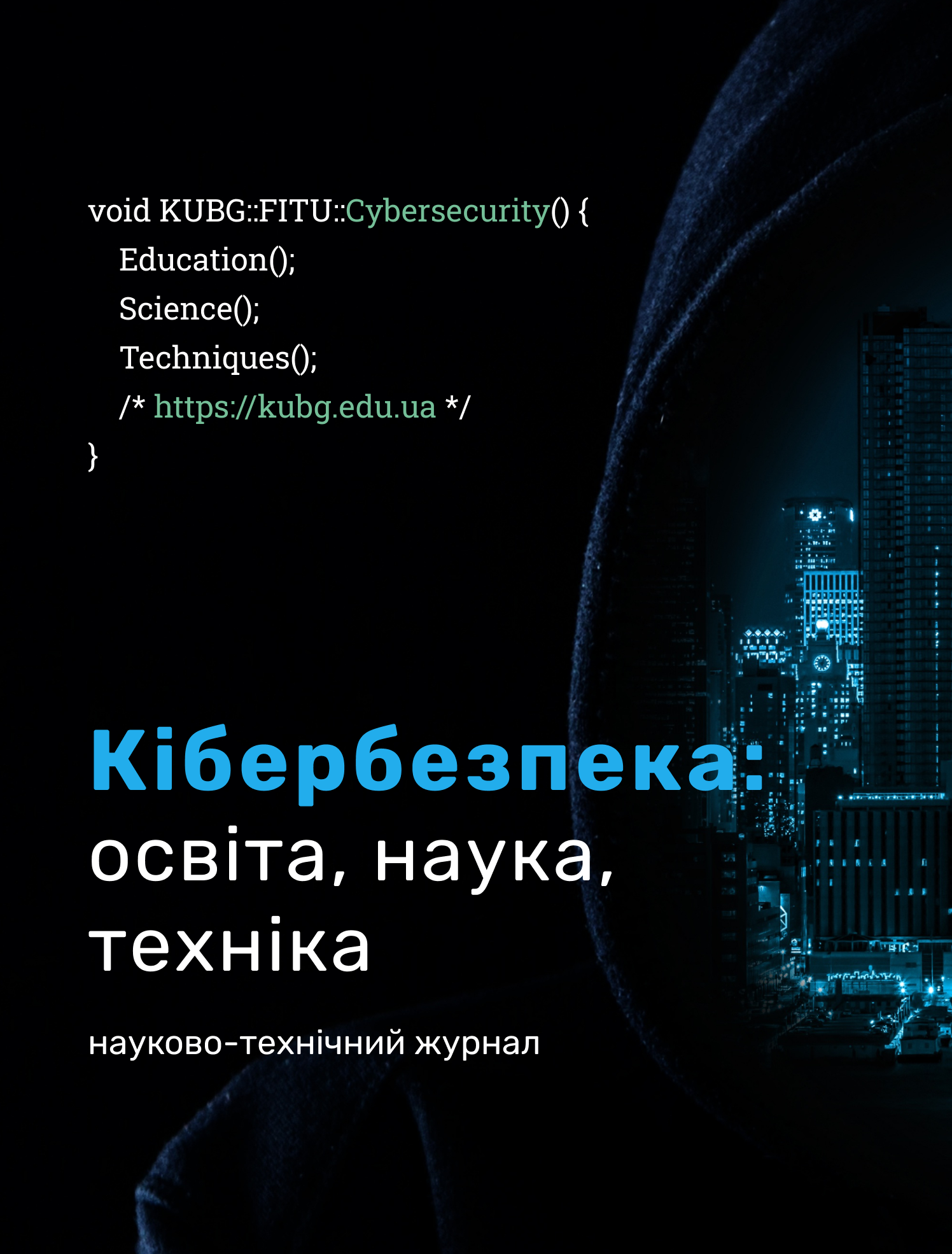MODELING THE DISTRIBUTION OF POLLUTANT CONCENTRATIONS IN THE AIR AND OPTIMIZING THE MONITORING OF THE NETWORK OF EMISSION CONTROL STATIONS
DOI:
https://doi.org/10.28925/2663-4023.2024.23.328337Keywords:
modeling; optimization; monitoring; network of control posts; sources of air pollutants.Abstract
The authors considered the problem of analysis of the structure of the monitoring network and placement of stationary posts. Monitoring of stationary pollutant sources can be partially carried out using stationary air condition monitoring stations. Due to the high cost of implementation and operation of such stations, as well as the stochastic nature of the impurity distribution in the atmosphere, the efficiency of the group of stationary stations in the region significantly depends on their location in space. A necessary condition for the successful implementation of measures to reduce the concentration of harmful emissions into the environment and work to protect the purity of the atmosphere is the control of the state of the atmospheric air, which provides an objective assessment of the efficiency and effectiveness of all activities related to the prevention of environmental pollution. The authors formulated the task of analyzing the structure of the network of stationary atmospheric air monitoring stations in order to improve the quality of awareness about pollution at minimal costs. Modeling of dispersion from stationary sources allows to determine the array of distribution of maximum concentrations in space in the area of influence of the pollution source. A method of placement of a network of observation posts is proposed, based on models of impurity dispersion in the atmosphere, the theory of a regionalized variable, and kriging methods for obtaining adequate estimates of emissions from stationary man-made sources of impurity emissions. According to the method given by the authors, it is proposed to successively narrow the area of the search for the best places for placing posts using various approaches, which provides the possibility of determining the zone of possible exceeding of the maximum permissible concentrations of impurities, modeling the distribution of concentrations of pollutants in the surface layer of the air, determining the places of placing posts, based on calculations of the spatial variability of pollutants.
Downloads
References
Lakhno, V. A., Kasatkin, D. Y., Skliarenko, O. V., & Kolodinska, Y. O. (2022). Modeling and Optimization of Discrete Evolutionary Systems of İnformation Security Management in a Random Environment. Machine Learning and Autonomous Systems. Smart Innovation, Systems and Technologies, 269, 9–22.
Nevzorov, A. V., Skliarenko, O. V., Kolodinska, Y. O., & Yarovyi, R. O. (2023). Features of analytical support for the operation of information systems and equipment in modern conditions. Applied questions of mathematical modelling, 6 (1), 117–123. https://doi.org/10.32782/mathematical-modelling/2023-6-1-13
Nevzorov, A. V., Skliarenko, O. V., Kolodinska, Y. O., & Nikolaievskyi? O. Y. (2023). Models for assessing the structural survivability and reliability of computer networks. International Scientific and Technical Journal “Measuring and Computing Technology in Technological Processes”, 3, 164–169.
Varzar, R. L. (n.d.). Development of an automated system for monitoring atmospheric pollution. http://masters.donntu.edu.ua/2009/fvti/varzar/diss/index.htm
Gessing, R. (1985). Two-level hierarchical control for stochastic optimal resource allocation. International Journal of Control, 41(1), 161–175. https://doi.org/10.1080/0020718508961118
Fussel, J. B. (1979). Improving System Safety Through Risk Assessment. Proceedings 1979 annual reliability and maintainability symposium, 160–164.
Ryazantsev, A. (2006). Principles of information grouping in process diagnostic system. Radioelectronic computer systems, 7(19), 136–139.
Published
How to Cite
Issue
Section
License
Copyright (c) 2024 Ірина Доровська, Володимир Доровський, Дмитро Доровський, Олена Скляренко

This work is licensed under a Creative Commons Attribution-NonCommercial-ShareAlike 4.0 International License.




